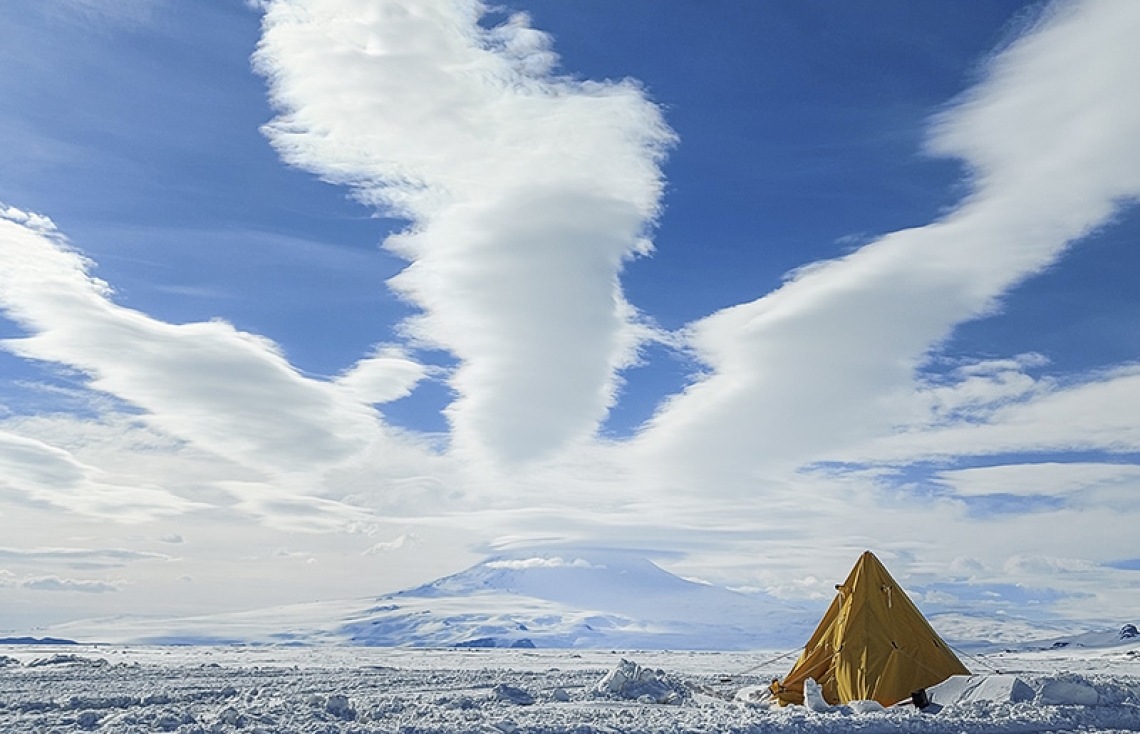Antarctica feels like an alien planet. It’s a truly extraordinary place, holding more world records than an Olympic athlete – it is our southernmost, highest, driest, windiest, coldest, and iciest continent. Antarctica is a dream place to work for those fascinated by the frosty wilderness.
Dr Natalie Robinson is one of those people; she’s part of the lucky few who have experienced this vast, freezing, and dazzling landscape. She’s a marine physicist whose work focuses in the Ross Sea. In the space where solid ice meets liquid water, a phenomenon called ‘platelet ice’ occurs. Platelet ice is a several-metre-thick layer of thin and delicate ice crystals that grow and lock together to construct a dense but fragile maze, creating an environment unlike any other on Earth.
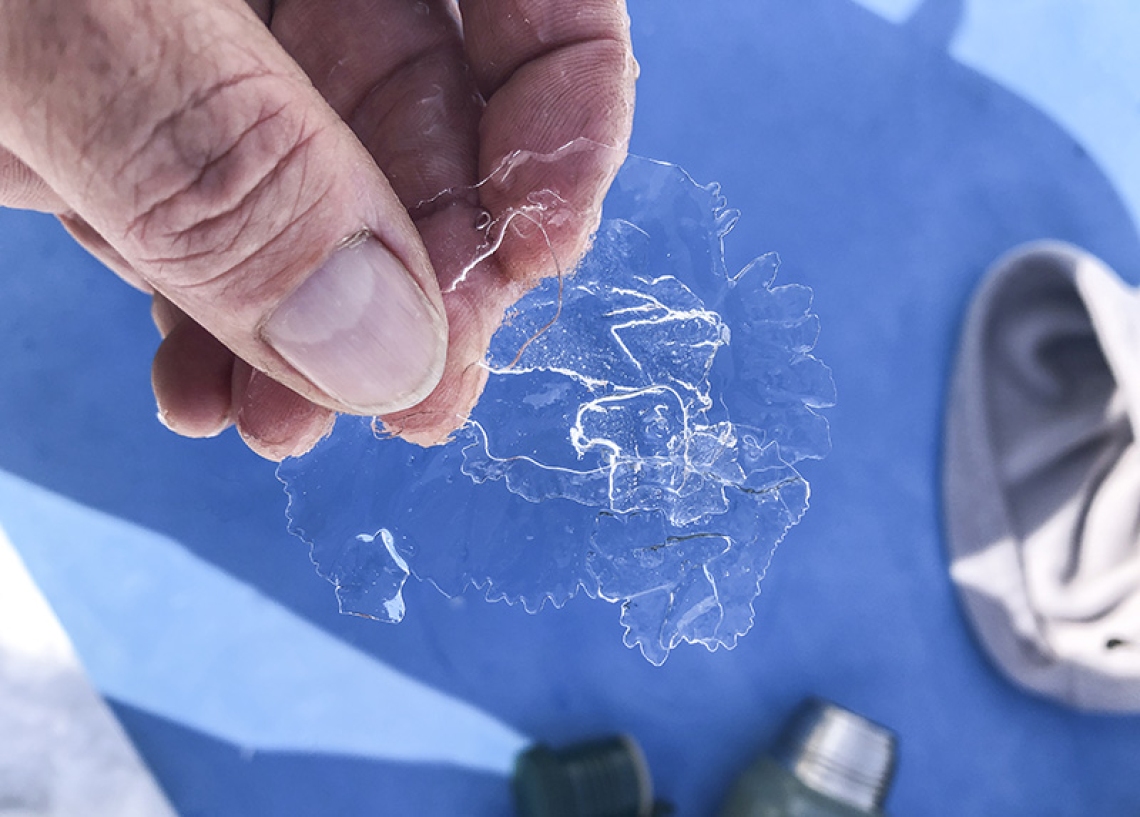
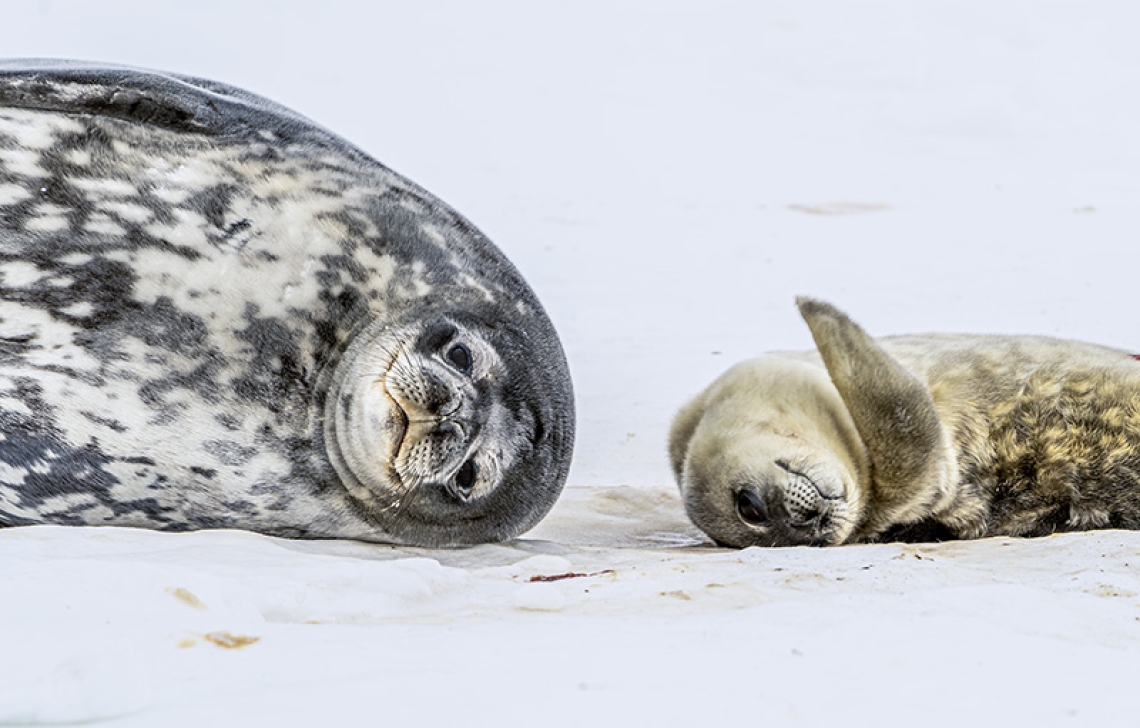

Platelet ice forms a protective habitat for algae and bacteria – the organisms that underpin the entire food chain – to flourish. For decades, this mysterious platelet ice ecosystem has been theorised as being incredibly important to the marine food web. But it’s fragility and rarity make it notoriously difficult to study. It is an unknown entity. Or it was, until now…
Natalie has just got back from a six-week deployment in Antarctica with a team of physicists and biologists, testing out an innovative sampling technique. The new drill system, designed by NIWA colleague Dr Craig Stewart, is the first of its kind to be used.
It works a bit like an apple corer, plunging into the ice without any spin, allowing platelet ice layers to be captured along with the water that fills the gaps between the ice crystals. This prevents the structure from collapsing and maintains the platelet layers, so that the algae, bacteria, and animals that are living between the platelets can collected along with their habitat.
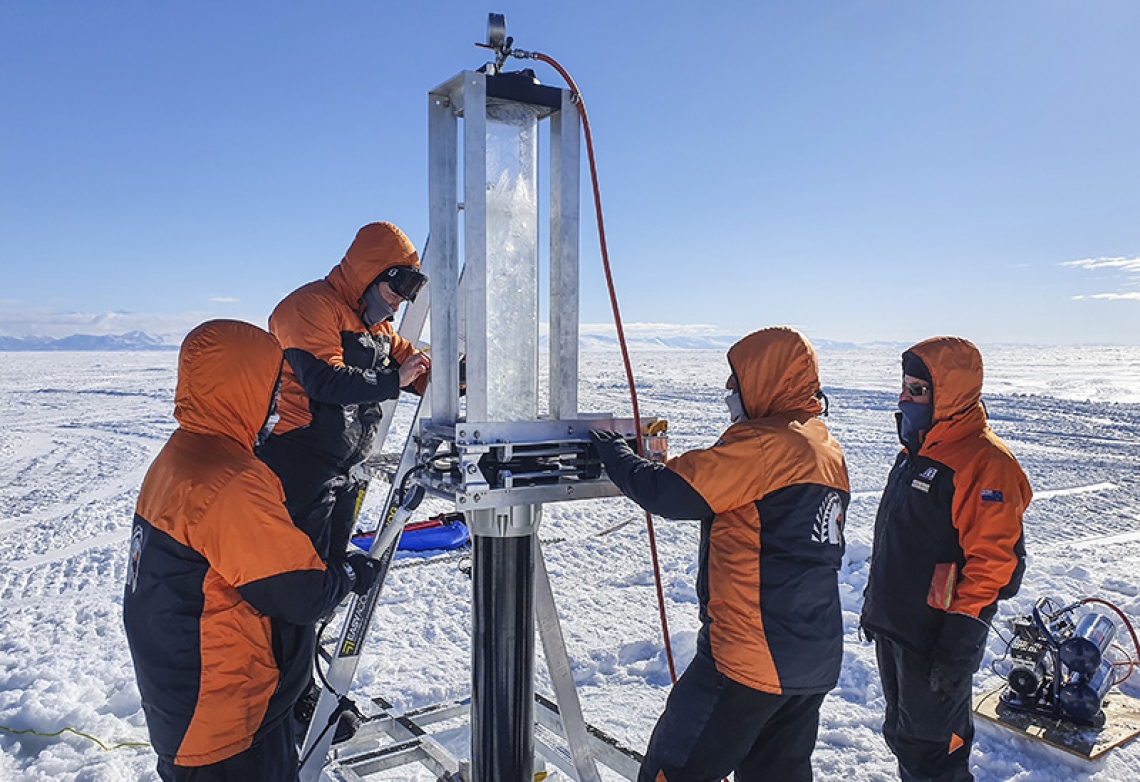
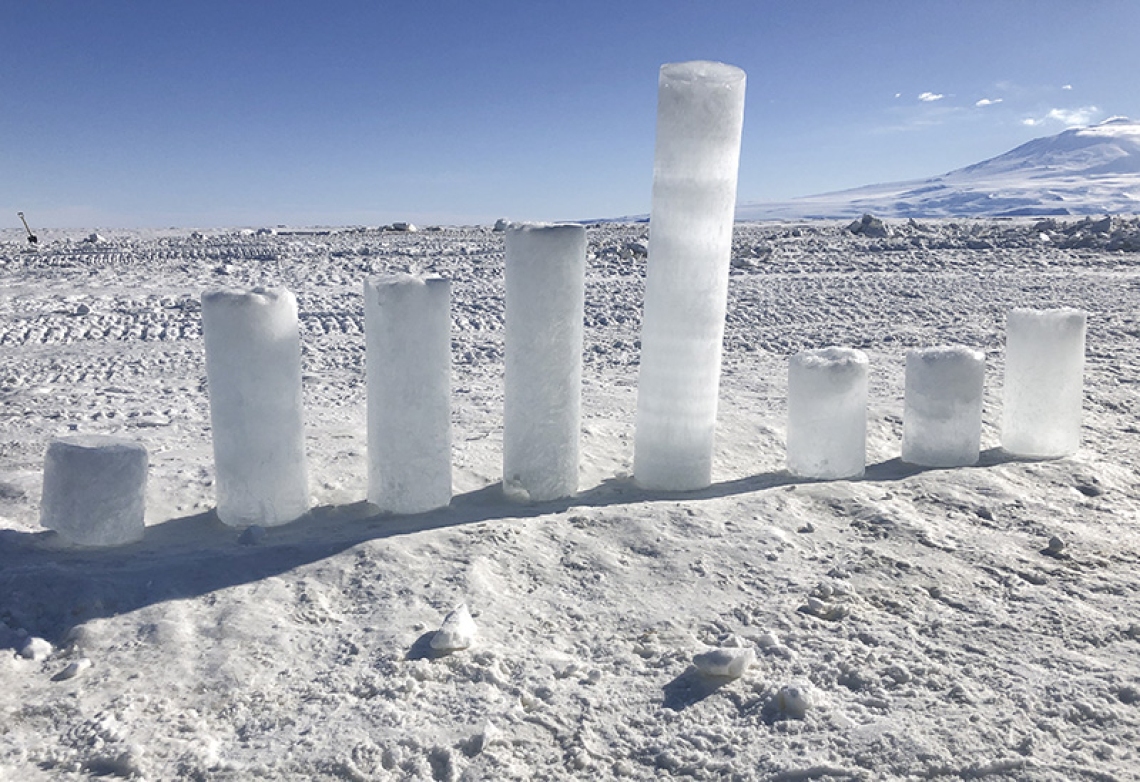
Ultimately the drill system will be complemented with a range of other sampling devices and instruments so that scientists can observe and quantify a wide range of characteristics, including those of the ocean, platelet ice, sea ice, snow cover and atmosphere, plus any associated biology, so that we can identify links between them.
“I am over the Moon with how our expedition went”, says Natalie, a week after she landed back in New Zealand.
“The new technique worked even better than we hoped, producing great samples. It means that we can now study this ecosystem in a way that we haven’t been able to before.”
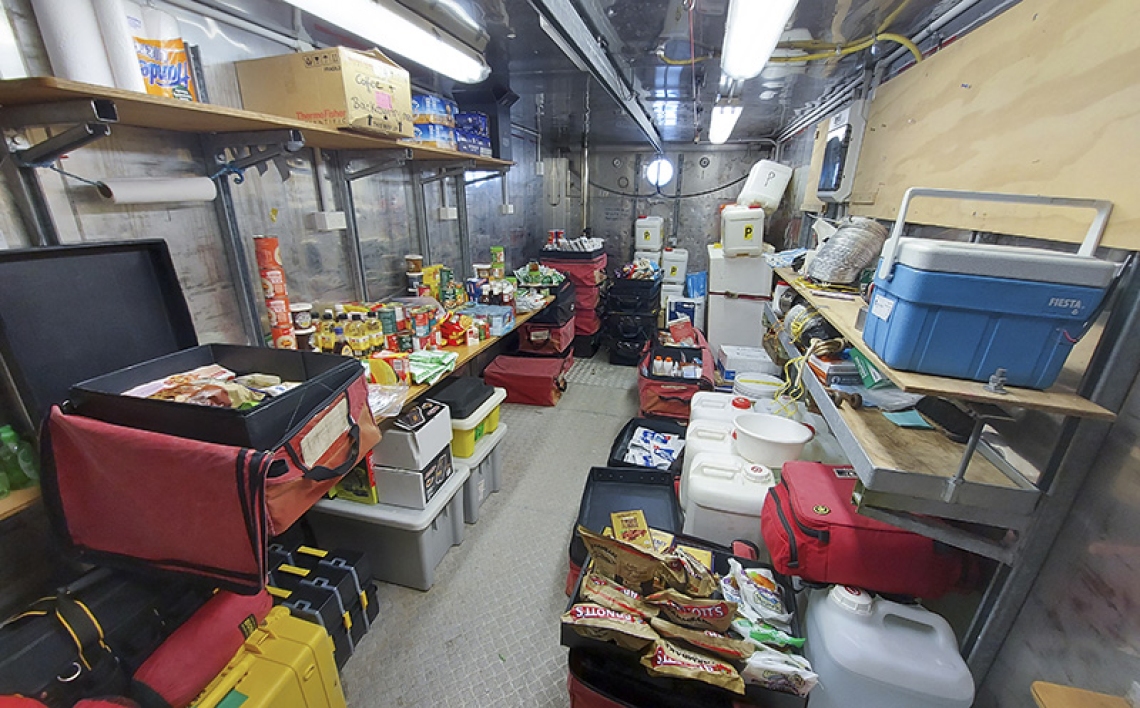

Time is of the essence for exploring and investigating platelet ice in Antarctica. The continent is warming, fast – in February 2020, the highest ever temperature was recorded there – a balmy 18.3°C.
“This research is so important, given how climate change is impacting the region. The platelet ice habitat exists on a knife edge, needing quite specific conditions to form. Any small shifts in the environment could change where, when, and even if platelet ice forms. Such impacts ice could be disastrous for the animals that need it to survive, with knock on-effects for the wider Ross Sea marine ecosystem. The more we can learn about it, the more we know about what we stand to lose, and the more we can do to help protect it.”


